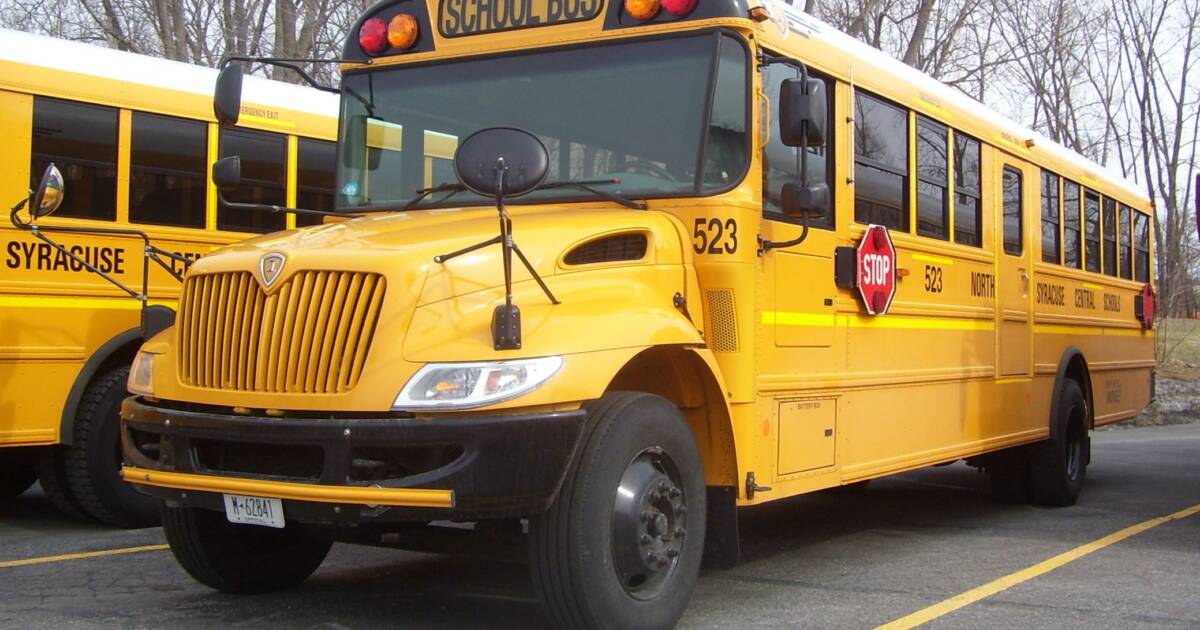Last Wednesday I was on the phone with my wife on the way home from work. I wanted to tell her that I was concerned about schools reopening here in north Georgia. Before the words could leave my mouth, she got an email from the school district, saying they were aware of the latest numbers and would make a decision on Friday, December 31. Today, kids are returning to school, but virtual school this week.
I’m not surprised it went this way. The entire “rubrik” used by school systems to determine whether its safe for in-classroom teaching is based on positive case counts. Omicron and the winter surge of COVID have put these numbers through the roof. It’s understandable that administrators would be cautious.
As someone who has run businesses, I realize that COVID-19 is a personnel risk. When the virus tears through an office or factory, it impacts productivity and can shut down a company. With schools, the virus can take out a teaching staff, which would leave the kids without any school at all. In 2020, it was an act of self-preservation to keep the kids away. In 2021, we were focused on getting everyone vaccinated. In 2022, we need to get kids back in school.
Joe Biden has repeatedly said he wants schools to stay open, but what the president says, and what actually happens at the federal, state and local level, are completely different things. I remember my conversation with the mayor of Alpharetta during the first reopening in 2020. He told me everyone was on their own, with no guidance coming from Washington, only barbs from the man in the White House aimed at political enemies (Trump criticized Governor Brian Kemp for opening “too soon” in May 2020).
Now we’ve got vaccines, a largely vaccinated teaching staff, and kids eleven years old and older eligible for vaccination, yet teachers unions are pushing hard in many places to keep kids at home. In cities like Detroit, and in Fulton County, Georgia, kids are starting virtual school today, putting parents in the same awkward and stressful situations we saw in 2020 and 2021. Only now, many businesses have begun returning to office work, Pandemic Assistance Unemployment payments have ended, and the Family First assistance program which granted up to 12 weeks of federally funded paid leave (at 2/3 pay) to parents who need to care for kids home for virtual school, is no more. Working parents who need to supervise kids at home will need to use their own paid time off, or take unpaid leave.
The CDC’s guidance is to test-to-stay in school, and to limit quarantine to 5 days, which may preserve staff exposed to omicron. But the CDC in the past has admitted to catering to the political interests of teachers’ unions. The Dispatchreported today:
“At this point, we have a lot of evidence supporting test-to-stay as a safe alternative to quarantine,” Emily Oster—a Brown University economist who has become a leading voice on safely reopening schools—told The Dispatch. “It may be hard for some districts to implement, [but] many have done so successfully, so it’s clearly possible—if tests are available.”
Yet there’s a dearth of tests, and that opens the door for teachers’ unions to assert their position, which is to protect their members—all of whom, by the way, should be vaccinated and at low risk. As for the kids, if they’re vaccinated, they should be at low risk, according to a study published by the CDC over the weekend. Based on data from last summer, only 0.4 percent of kids aged 12 to 17 that were hospitalized (a total of 272 children) were fully vaccinated. Of those hospitalized, 60 percent were obese. Healthy, vaccinated kids are at very little risk, and if they wear masks and practice reasonable social distancing, school should be safe. Nearly everyone looking at the science agrees with this.
Kids need to be in school. The real medical risks from in-person education when staff and kids are vaccinated is extremely low, even with breakthrough omicron cases surging. Kids who are medically fragile or have other health factors should be the exception. School administrators are expert in the art of framing their own politically-motivated decisions as if they were written by the finger of God, descended on a pillow from heaven, delivered by angels, wrapped in gold foil to be opened like Oscar winners (“the envelope, please!”). Instead of standing with the science, they erred on the side of the freak out, and dipped their toe into the water of virtual school. Once the toe is in, it’s not so easy to withdraw the foot.
I could smell it coming a week away. I wouldn’t be surprised if at least one big city continues virtual school for another week, then another week. Hopefully, most schools will return to the classroom, if only due to pressure from parents. As in most things related to the pandemic, Washington is really good at throwing political barbs, and completely ineffective at implementing actual policy. If we’re going to get kids back in classrooms in places where the freak out continues, it’s going to be by the actions of parents and the backbone of spineless administrators.
Follow Steve on Twitter @stevengberman.
The First TV contributor network is a place for vibrant thought and ideas. Opinions expressed here do not necessarily reflect those of The First or The First TV. We want to foster dialogue, create conversation, and debate ideas. See something you like or don’t like? Reach out to the author or to us at ideas@thefirsttv.com.

